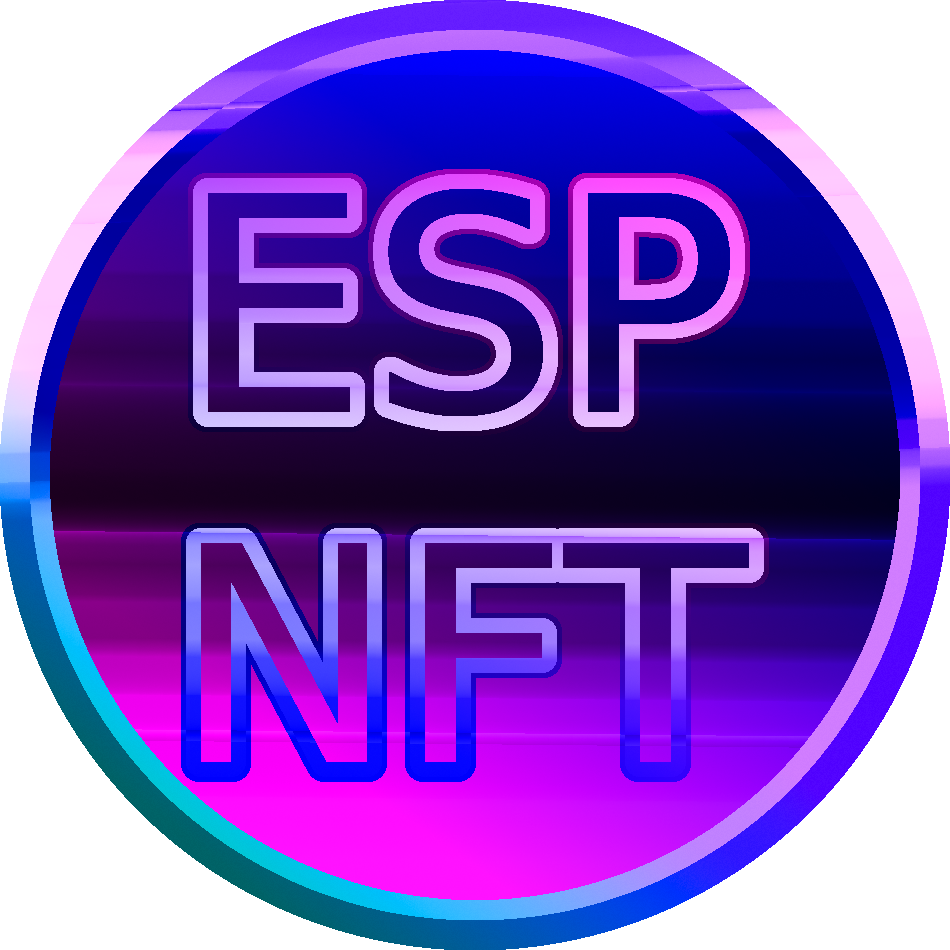Creatures of the Stars are a series of animals that I started experimenting with in late 2012 because I
wanted to do something different than what I had been doing with my other pictures at the time. Most of
my favorite pictures have been spacescapes and animals, so imagine how much fun I've had creating
pictures that combine the 2 or better yet try it out just for the fun of it.
You will need:
a computer with a graphics program (I use gimp and this turtorail is written with the assumption that you
will use gimp as well)
a mouse
an outline that is ready for futher work (I recommend animals done in black but you can use pretty much
anything)
your own creativity
Steps
1. open the outline in your graphics program
Next it's time to create your star feilds
2. create a new picture in a seperate file (when deciding on your size for keep in mind that it's better
to use something to big than to small because this will be your star field and you will be cutting
it to fit into parts of the outline)
3. paint the back ground black
4. create a new layer for the stars, you have many options for how to create the star field it self but
just to make it easy
A. go to the filters menu - > noise - > hurle just check the randomize box and click okay
B. Next remove the colors, go to the colors menu - > desaturate just click okay
C. Now with the colors removed go to the colors menu again - > levels and in the input values boxes
change them from zero to 210 and 240 (you can try having those numbers closer together or further
apart but the general idea is that the more white space you have the more stars are in your star
field
D. Here's where the white space becomes stars, go to the filters menu - > light and shadow - > sparkel,
adjust the number of spike points to 4 or 5 and set the flare intensity to 0.50 and the spike length
to 20 (please keep in mind that I use these numbers while working a large canvas so if you want
bigger or smaller stars feel free to try another size spike length)
E. Now that you've got your star it's time to ad some color to your star field, so make a new layer
pick your favorite color and select the air brush tool, I use Circle Fuzzy (19) at the maximum size
(again I tend to work with canvases that range in size from 1600 X 1200 pixels to more than 2000 X
2000 pixels so if you are working with something smaller feel free to change the size), set the
jitter to 5 and just doodle all over your star field until you have a nebula, sometimes coming back
over the some spots several times.
F. Once you are done you can adjust the brightness of the color by doing 2 things, for a darker color
you can lower the opacity, for a brighter color you can duplicate the layer and adjust the opacity
of both layers to make sure you can still tell what you've created is a spacescape and not just a
bright puffy cloud
One note before we continue:
For different colors you can reuse the star field but you'll need to remove or make invisable the existing
color and repeat steps E and F on existing layers so keep that star field open until you are done with the
whole project
5. So now you've got your spacescape and your outline it's time to select the entire spacescape and copy
visauble (if you just copy you won't get the whole spacescape, just the active layer)
6. Once copied paste the spacescape into the picture with the outline, make sure it's on it's own layer
and then move that layer under the outline and under the area you want colored in make sure you have
one soild layer of star field under the area you want to color in with this star field, you may have
to rotate it or scale the star field layer to do so.
7. Make sure the outline layer is active and then select the area you want to color in with that star
field using the fuzzy select tool, go to the selelection menu - > grow the selection by 2 or 3 pixels
(you want your selection on the outline but not over into another blank space that you didn't intend to
fill)
8. Selelection menu - > invert make the star field you will want to cut down the active layer just cut it
9. Repeat steps 5 through 8 with other star field layers and parts of the outline you want to fill in with
those star fields
When you are done filling in the outline it's time for the last step, if you've zoomed in really closely
you've probably noticed certain imperfections so here's the the quick way make sure no one would ever know
your picture had a flaw:
10. create a new layer and make sure that the only layer under it is the background layer
11. select all the areas with the fuzzy select that are outside the outline (anything you want left blank)
then when you are done invert your selection and using bucket fill tool fill in that selction with
the same color as the outline was
The final thing you need to do is save you file and enjoy your picture. Despite the fact that this is
tutorail was writen with outline of animals in mind there is nothing stopping anyone from using a plants,
landscapes, machines, or for that matter human beings, now that you know the basic technique please have
fun with the idea.
|
|







